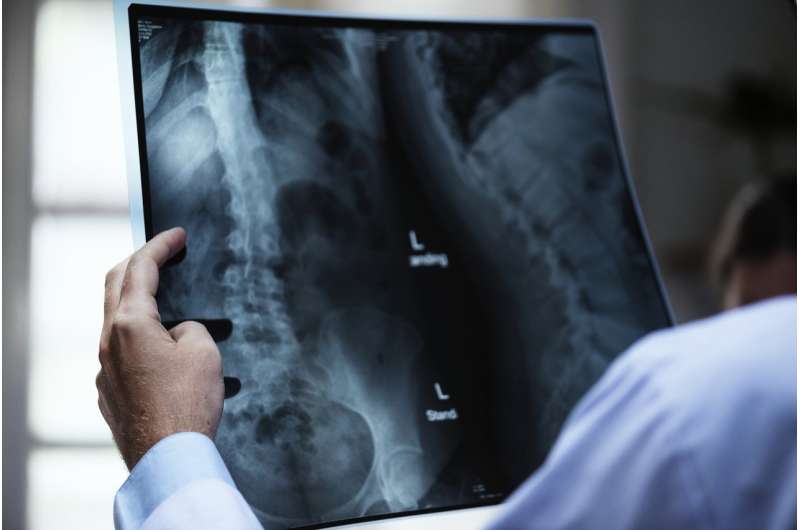Position on medical imaging radiation limits issued


When a medical imaging exam provides a clinical benefit, the only risk that should be considered is the exam itself rather than a patient’s previous radiation exposure, according to a statement by three scientific groups representing medical physicists, radiologists, and health physicists.
The American Association of Physicists in Medicine, in conjunction with the American College of Radiology and the Health Physics Society, issued a joint statement in opposition to cumulative radiation dose limits for patient imaging, citing potential adverse effects on patient care. The statement comes in response to an opposing position by several organizations and recently published papers on the high-profile topic.
“It is the position of the American Association of Physicists in Medicine (AAPM), the American College of Radiology (ACR), and the Health Physics Society (HPS) that the decision to perform a medical imaging exam should be based on clinical grounds, including the information available from prior imaging results, and not on the dose from prior imaging-related radiation exposures,” according to the statement.
“AAPM has long advised, as recommended by the International Commission on Radiological Protection (ICRP), that justification of potential patient benefit and subsequent optimization of medical imaging exposures are the most appropriate actions to take to protect patients from unnecessary medical exposures. This is consistent with the foundational principles of radiation protection in medicine, namely that patient radiation dose limits are inappropriate for medical imaging exposures.
“Therefore, the AAPM recommends against using dose values, including effective dose, from a patient’s prior imaging exams for the purposes of medical decision-making. Using quantities such as cumulative effective dose may, unintentionally or by institutional or regulatory policy, negatively impact medical decisions and patient care.
“This position statement applies to the use of metrics to longitudinally track a patient’s dose from medical radiation exposures and infer potential stochastic risk from them. It does not apply to the use of organ-specific doses for purposes of evaluating the onset of deterministic effects (e.g., absorbed dose to the eye lens or skin) or performing epidemiological research.”
In addition to the three signatories, the position is also endorsed by the Radiological Society of North America.
AAPM emphasizes the importance of patient safety in their position. The use of radiation must be both justified and optimized and should always offer a potential benefit to the patient that is greater than its potential risk.
“This statement is an important reminder that patients may receive substantial clinical benefit from imaging exams,” said James Dobbins, AAPM President. “While we want to see prudent use of radiation in medical imaging, and many of our scientific members are working on means of reducing overall patient radiation dose, we believe it is an important matter of patient safety and clinical care that decisions on the use of imaging exams be made solely on the presenting clinical need and not on prior radiation dose.
“AAPM is pleased to partner with our fellow societies—the American College of Radiology and the Health Physics Society—to bring a broadly shared perspective on the important issue of whether previous patient radiation exposure should play a role in future medical decision making.”
AAPM cites the International Commission on Radiological Protection, which stresses that setting radiation exposure limits to patients is not appropriate. This is partially due to a lack of uniformity in metrics for monitoring dosages, and points to a need for standardizing dose estimates.
The position only addresses stochastic risks from radiation exposure, which are chance effects whose riskfor a given imaging exam, like cancer,is unrelated to the amount ofpriorradiation. Deterministic effects, which are incremental and a direct response to the exposure, such as skin damage, are a result of a different set of biological mechanisms and are not included.
Source: Read Full Article